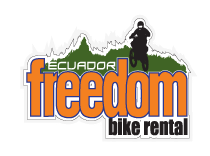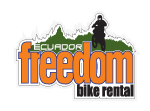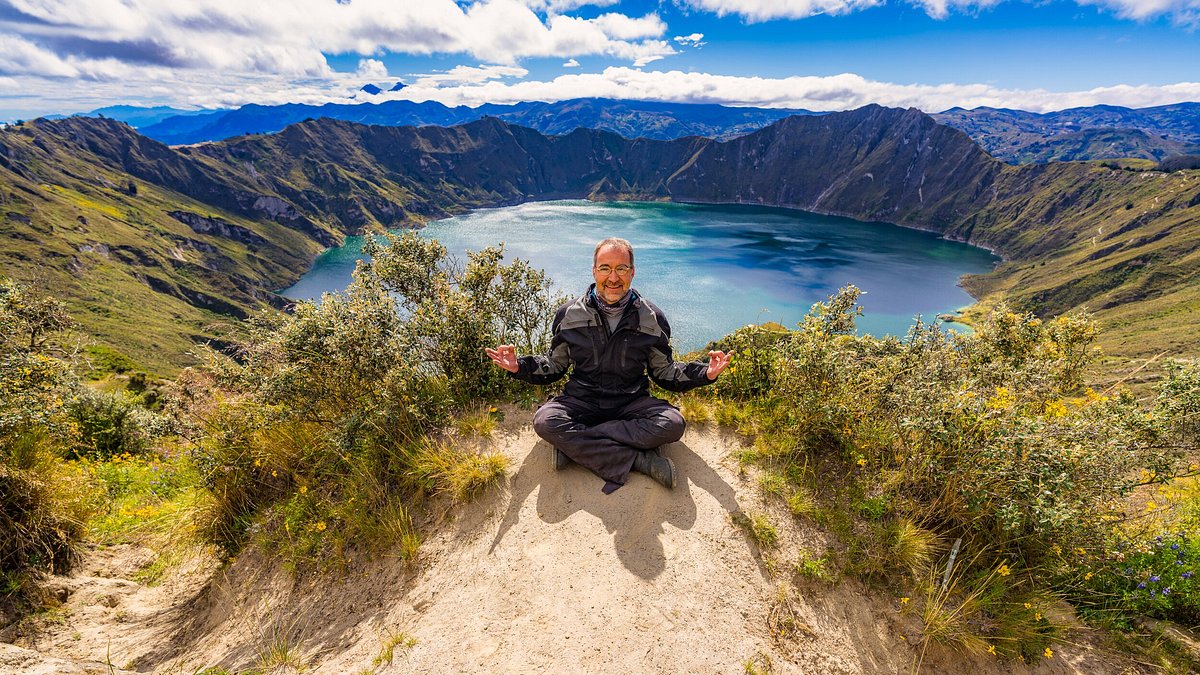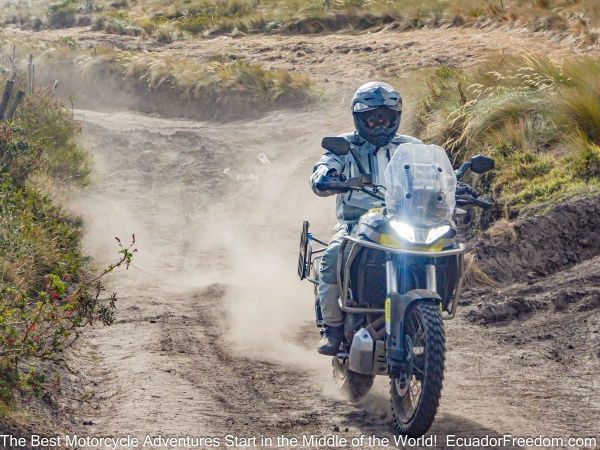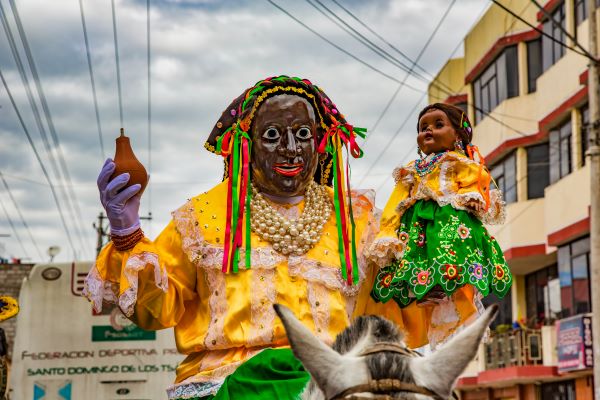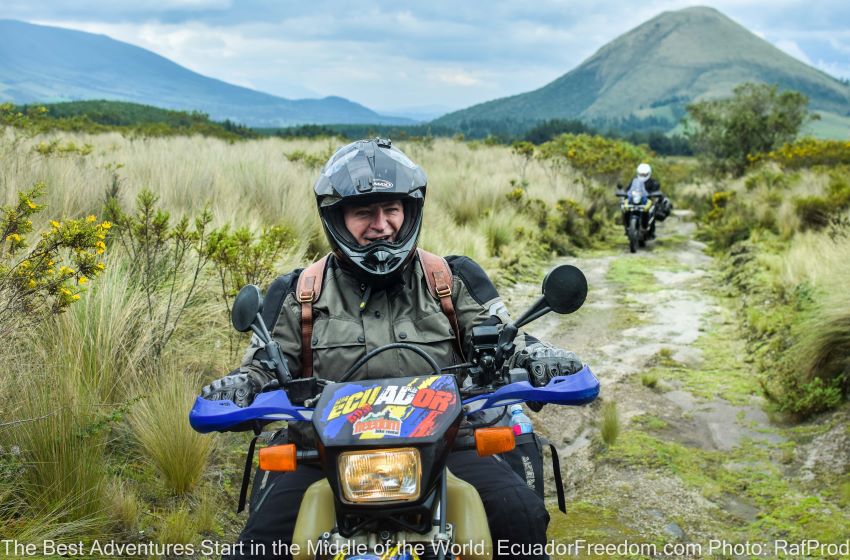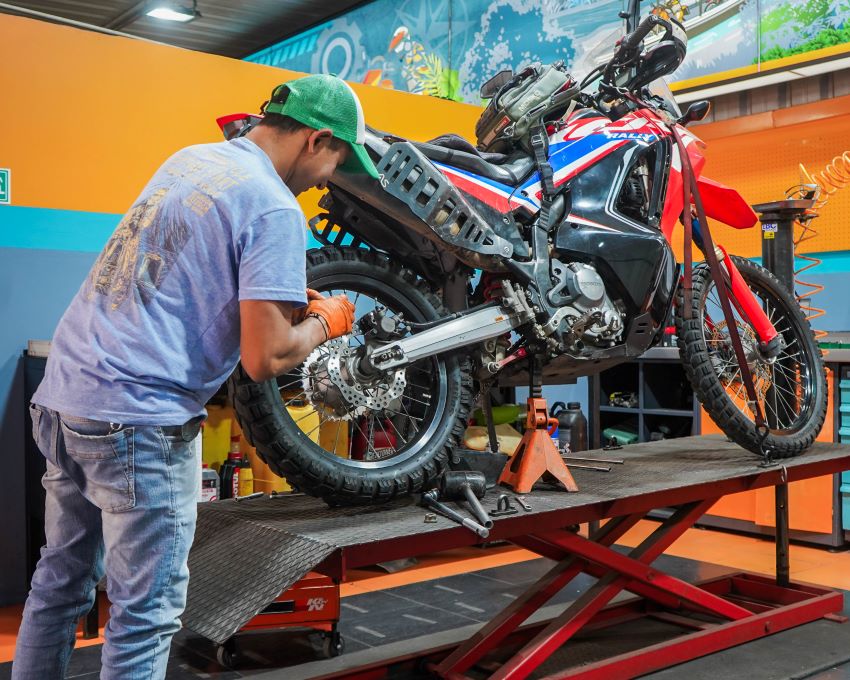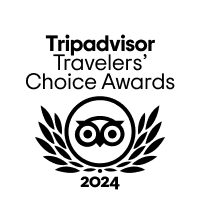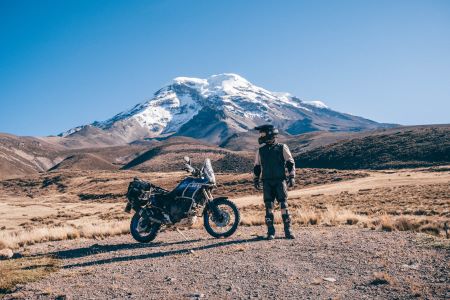
What’s The Harm In Counterfeit And Knockoff Motorcycle Gear and Tours?
They say you get what you pay for, and when you’re buying adventure motorcycle gear, the sky is the limit on how much you can spend. It’s an unfortunate reality, but for many of us spending a few extra bucks to know a product won’t fail 50 miles into the backcountry is well worth the expense. Unfortunately, motorcycle gear generally (and adventure gear specifically) has a reputation for being expensive, and as such, it’s a popular target for counterfeiters and other dishonest manufacturers selling knockoff versions of the real thing.
So what’s the harm in buying counterfeit and/or knockoff gear to save a few bucks here and there? Well, it turns out the price you pay could be much greater than the sticker price itself. Below, we’ll cover the actual risks of buying counterfeit motorcycle gear and how you can avoid getting burnt yourself.
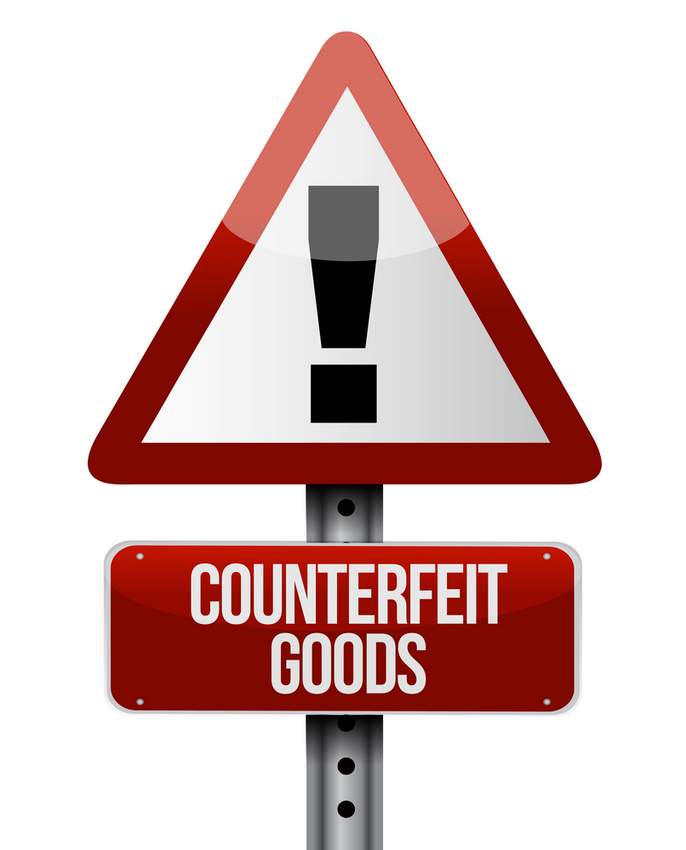
What’s At Risk: The True Cost Of Counterfeit Goods
First and foremost, your primary reason not to buy counterfeit goods should be your safety: Motorcycle equipment is safety equipment, and even the most basic gear from budget-friendly brands like Fly Racing, Sedici, and BILT is more protective than the best counterfeit money can buy. Safety is a massive part of the equation, but did you know it’s also just the tip of the iceberg?
According to Europol’s latest report on counterfeiting and piracy in the European Union, the economic impact counterfeiters have on legitimate businesses is devastating. The cost of counterfeit gear is staggering, and we’re not just talking about big businesses losing big profits, either.
See, the European Union generally sorts motorcycle gear into one of two categories for import/export purposes: It’s either considered “clothing, footwear, and accessories” or “sporting goods,” depending on the product. Take a quick look at the most recent data on these two segments, and you’ll start to see the bigger picture.
Between clothing and sporting goods alone, Europol found that legitimate businesses lose an estimated 26.8 billion dollars every year to counterfeiters. That’s money that could be going into R&D, customer service, end-user pricing, and employee benefit programs, just to name a few. Speaking of employees, the same report found that the proliferation of counterfeit goods cost the EU over 363,800 legitimate jobs across a wide range of industries from manufacturing to retail in 2017 alone. And those are just the direct job losses. Europol estimates that the true impact on the EU at large is well over half a million jobs between these two industries.
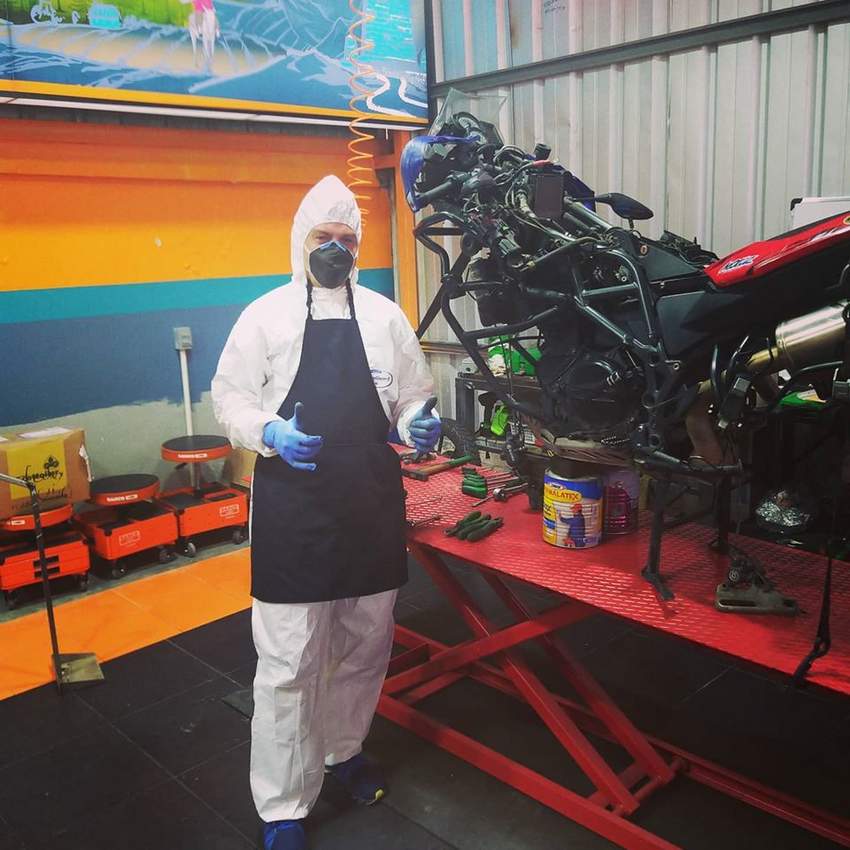
How To Avoid Buying Counterfeit Motorcycle Gear
Ok, so we’ve established that buying counterfeit motorcycle gear is terrible for several reasons, but how can you avoid it yourself? You may feel that we’re oversimplifying here, but truth be told, the solution is simple: Buy from authorized dealers.
It’s no secret that motorcycle gear is expensive, especially if you want the latest and greatest. Although most of us wouldn’t consider safety equipment as “luxury goods,” counterfeiters see things differently: If it’s valuable and compact, it’s just as bootleg-worthy as a Gucci belt or a Birkin bag.
Well respected and established brands like Alpinestars, Dainese, and Klim command a premium price for their products, and they’re generally worth paying for. Counterfeiters know we’re willing to spend big bucks on this stuff, so they put serious work into making convincing copies that sell for hundreds of dollars rather than trying to sell a cheap knockoff version for pennies on the dollar.
If you’re buying big-name brand gear online, stick to ordering from large volume sites like Revzilla, Moto Machines, Cycle Gear, and Fortnine. This should probably go without saying, but that top-of-the-line Shoei or Arai helmet for sale on Wish.com (at $200 off!) isn’t the real deal. These things cost money for a reason. It’s also perfectly safe to buy your gear from a company partnership (for instance, you can order Klim and Garmin gear directly from Ecuador Freedom and have it shipped straight to your door before your motorcycle adventure).
Another great way to avoid buying counterfeit gear is going directly through the manufacturer. This isn’t an option with some big-name brands, but if you’re into touring and adventure riding, we’ve found some of the best gear on the market comes from smaller businesses anyways. Take Mosko Moto, for instance: We’re huge fans/supporters of Mosko Moto and equip our rental adventure motorcycles with their fantastic luggage. Pound for pound, we believe the folks at Mosko make the best soft bags on the market, and their website is the only place you’ll find them for sale.
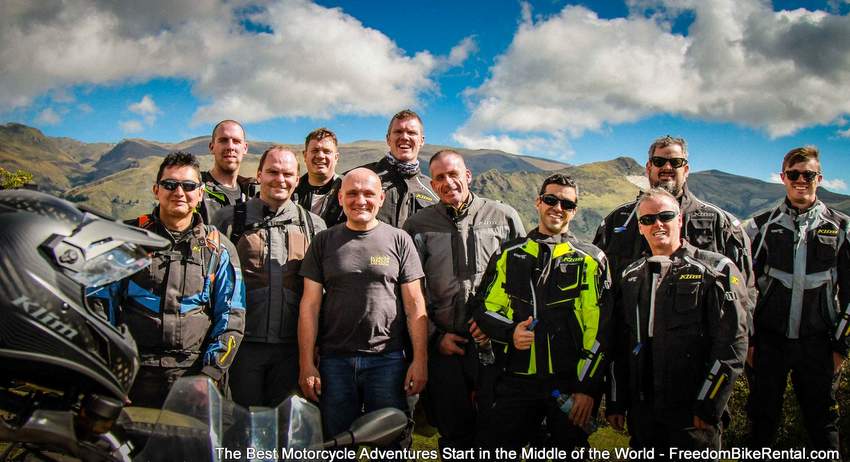
How To Spot Knockoff Motorcycle Gear
Unlike outright counterfeits, “knockoff” motorcycle gear is designed to look just enough like the real thing to fool an unsuspecting buyer but not quite close enough to attract a lawsuit. Knockoffs are typically much easier to spot than counterfeits, and there are always a few red flags.
The first thing to look out for is a price that’s way too good to be true. Counterfeit goods are made convincingly enough to trick buyers into paying full price for what they think is a brand-name product, but knockoffs don’t even pretend in that regard.
Take this “Marq Marquez” edition helmet currently for sale on Alibaba.com, for instance: This helmet is a classic knockoff front to back: At a glance, it’s shaped, styled, and even painted like the real thing, but it doesn’t take much more than a second look to see something’s off.
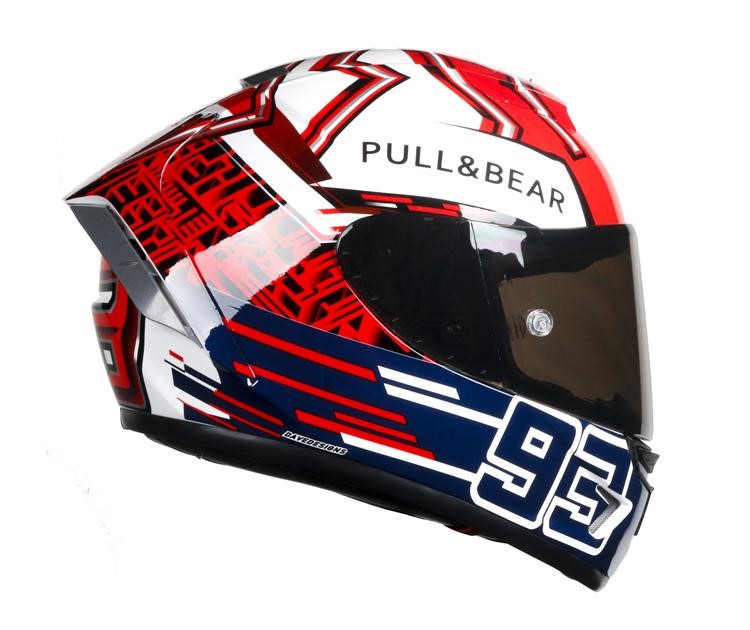
Compare the image above with the real deal Shoei X-14 shown below: Everything about the knockoff is convincingly derivative, but the details are missing. For instance, the design is closely related (they even dare to fly the “Dave Designs” and authentic “Pull & Bear” logos), but it’s not even close to identical: The Shoei badges are missing, there’s no chin splitter, the vents aren’t quite right, and the face shield looks… well… terrible.
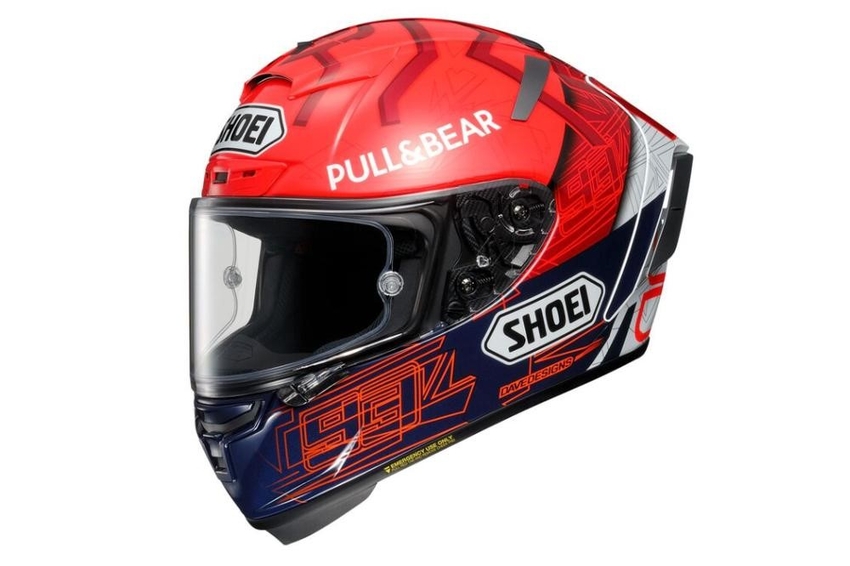
A decent eye for detail should be all you need to tell the difference between a knockoff and the real deal. A little logic can come in handy as well: The knockoff above is on sale for $22. If you think there’s a new helmet worth wearing out there for $22, your head needs more help than a helmet can provide.
Helmets and other gear like the example above are a common sight in shops and outdoor markets when abroad. It’s estimated that about 80% of the world’s counterfeit and knockoff goods are made in China, but believe us when we say they get shipped all over the globe. Taking a gamble on a helmet, jacket, or anything else that’s supposed to save your skin in an emergency just isn’t worth the risk. If the deal looks too good to be true, it is.
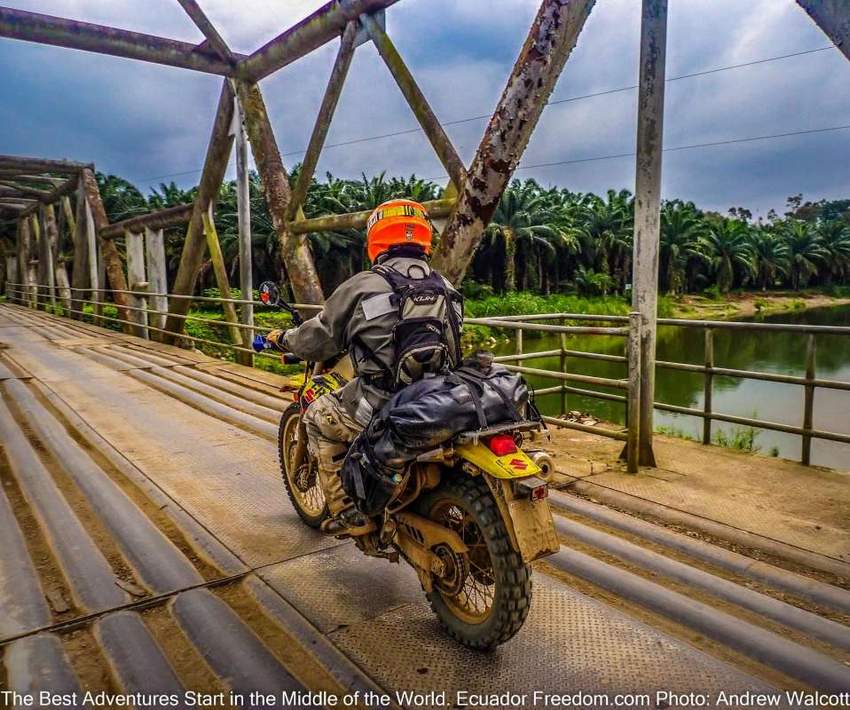
Don’t Book A Knockoff Motorcycle Tour!
Here at Ecuador Freedom Bike Rental, we pride ourselves on offing the most authentic and immersive motorcycle touring experiences in the country. Don’t be fooled by copycats and pretenders! We’ve been scouting and guiding motorcycle tours in Ecuador since 2009, and no one does it better. Yes, there are knockoffs and copycats who use sneaky and deceptive names chosen solely to confuse you, so be careful when booking and making recommendations to your friends!
Back in 2009, we started out as a small bicycle and scooter rental shop in Cuenca with just a few bikes and a big idea. It took us years to truly get to know Ecuador, understand the needs of travelers, establish meaningful connections with the locals, and appreciate the unique and beautiful diversity of this little South American gem. It took trial and error, vision, and determination; as we moved to Quito and slowly expanded and perfected our motorcycle fleet, our routes, and our tour options, we faced more than our fair share of challenges along the way.
When we started, Ecuador was unknown to adventure riders. We knew there were hidden gems in the country waiting to be discovered by those who loved to explore on their motorcycles. Many riders on adventure rides through South America would simply zoom from Colombia to Peru on the Panamerican Highway, unaware of the treasures in Ecuador. However, we were determined to change that. We invited several journalists to explore the country and promoted our company to major publications around the world, including Mens Journal, Rider Magazine, ADVRider.com, and the New York Times. Our efforts paid off, and finally, Ecuador was known to motorcyclists as a destination worthy of travel and exploration. Now, adventurers come from all over the world to experience the beauty and adventure that we knew was always here.
As we went along, we didn’t just focus on the business: we focused on the rider community because, at the core of things, that’s what matters most. We continuously sponsor content on ADV Rider and other adventure motorcycle magazines, support events like the BMW MOA and Adventure Bike Rider Festival, and charitable organizations like Motorcycle Relief Project and our doors are always open to independent world travelers passing through Ecuador. Equally, appreciating the Ecuadorian hospitality we’ve experienced from day one, we want to give back to the locals; this is why we’ve created our Pack for a Purpose program supporting Ecuadorian schools and remote communities in need.
In other words, building Ecuador Freedom Bike Rental took years, hard work, and consistent focus on quality, meaningful connections, and a vision for truly extraordinary adventures. But we’re not sharing this story with you for bragging rights or marketing purposes: we’re sharing it because recently, we’ve noticed another tour operator mimicking our brand and using our name to cash in on the reputation we’ve built, and we’d like to ask for your support.
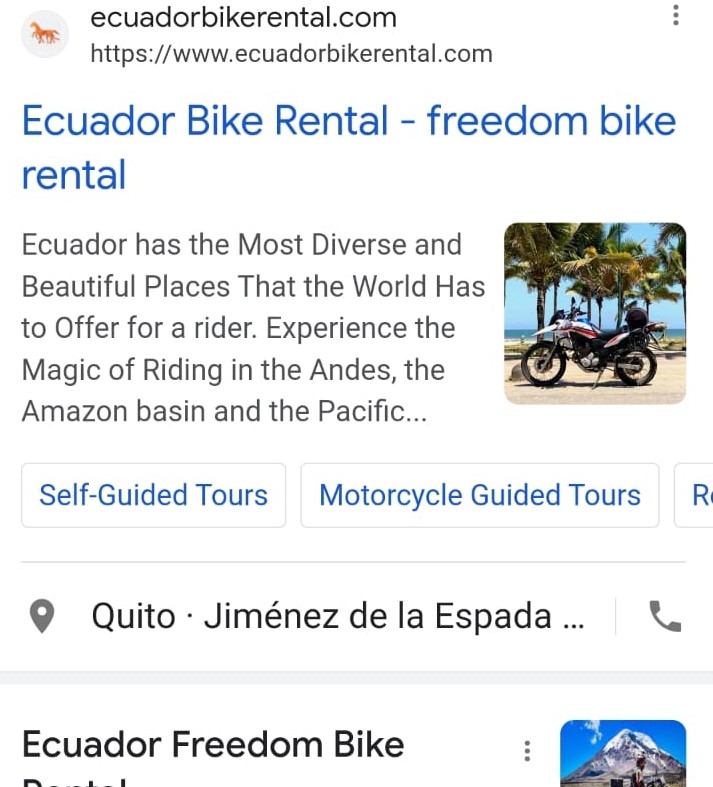
Whether booking an all-inclusive guided tour like our Inca Royal Roads excursion or renting an adventure motorcycle from our fleet and heading out to explore yourself, Ecuador Freedom Bike Rental combines experience, know-how, and award-winning customer service for a motorcycle adventure tour experience like no other.
